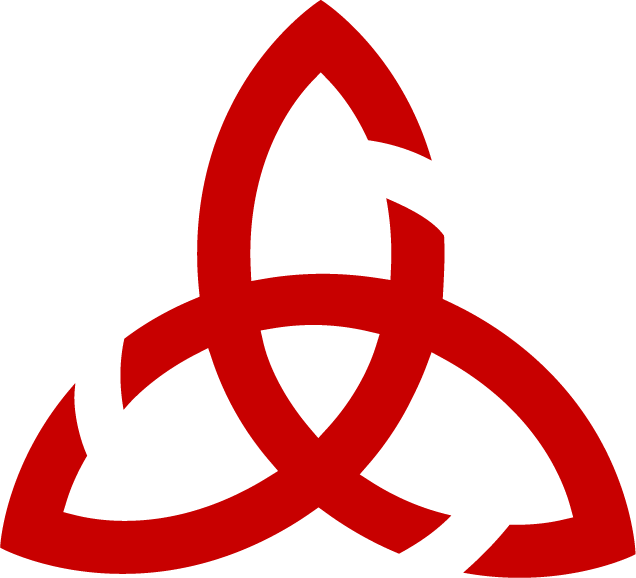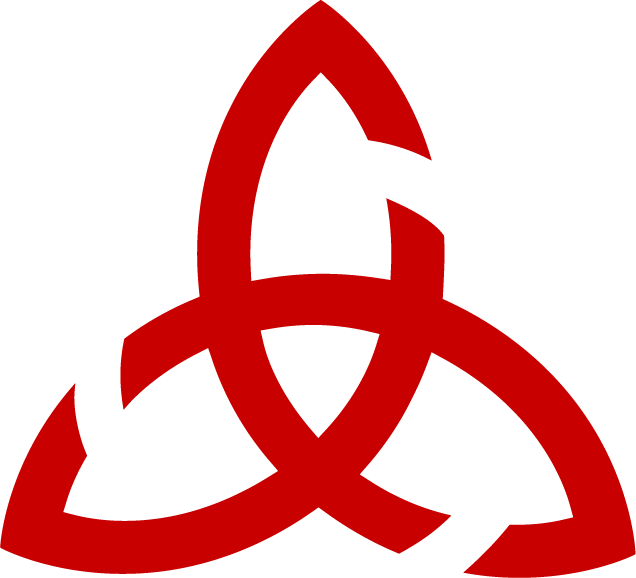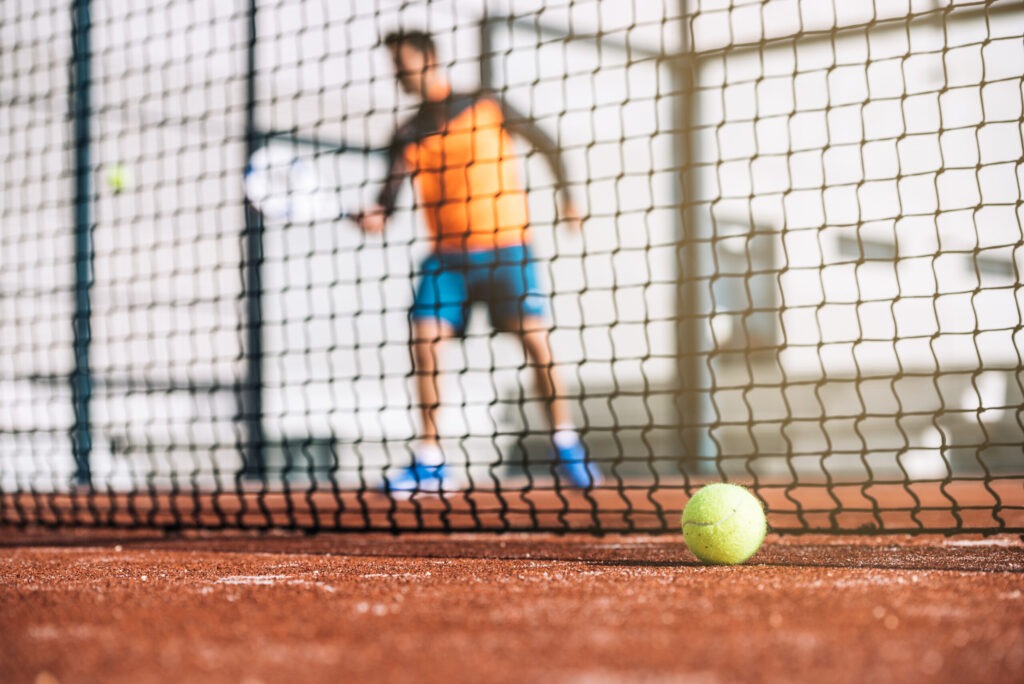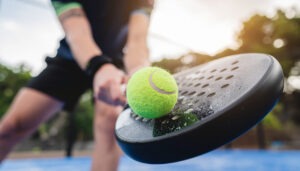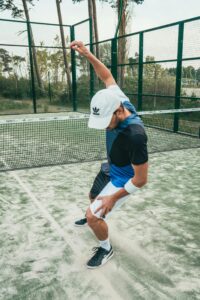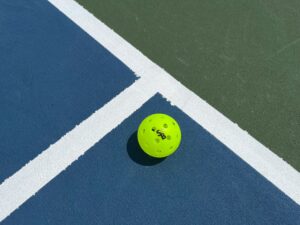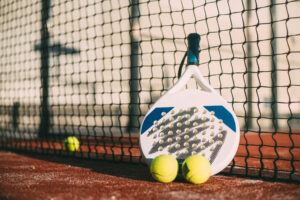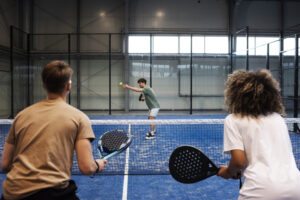🔥 Introduction: Why Biomechanics Matters in Padel
Padel looks simple from the stands, but the secret to professional-level play lies in biomechanics—the science of how your body moves. Every forehand, volley, and smash depends on precise movement patterns. Mastering biomechanics means less wasted energy, fewer injuries, and sharper control over every rally.
🏃 1. The Science of Padel Movement
Padel courts are smaller than tennis, but rallies last longer. That means players move more frequently in short bursts.
Biomechanical focus areas:
- Split Step: Prepares muscles to react instantly.
- Lateral Movement: Crucial for defending angled shots.
- Crossover Steps: Efficient for chasing deep lobs.
Training Tip: Use padel movement drills like side-to-side cone shuffles to replicate match intensity.
🎯 2. The Padel Swing: Efficiency Over Power
Unlike tennis, padel swings are compact. The biomechanics of a padel stroke rely on timing and positioning instead of brute strength.
Key swing mechanics:
- Forehand: Use core rotation, not just arm power.
- Backhand: Keep elbows close for controlled leverage.
- Smash & Bandeja: Engage legs and shoulders for stability, generating spin rather than raw force.
Biomechanics rule: The shorter the swing, the faster your recovery.
⚡ 3. Reaction Time: The Invisible Advantage
The walls make padel unpredictable. Shots bounce differently depending on spin and speed, testing your reaction time.
How biomechanics helps:
- Eye-Body Connection: Train gaze to follow ball trajectory early.
- Explosive First Step: The faster your first move, the easier the rally feels.
- Balance Control: Keep low and centered for quick directional changes.
Pro Drill: Use resistance bands around your waist while reacting to coach-fed balls. This conditions fast-twitch muscles for real match play.
🧠 4. Preventing Injury Through Biomechanics
Improper movement patterns cause overuse injuries in shoulders, knees, and ankles. Correct biomechanics reduce stress on joints and increase longevity.
Common mistakes:
- Over-rotating the shoulders on smashes
- Locking knees during quick pivots
- Excessive wrist flicking in volleys
Fix: Focus on controlled movements with correct body alignment instead of forcing shots.
🏆 5. Biomechanics in Pro Padel
The best players on the World Padel Tour are biomechanical masters. Watch slow-motion replays of legends like Galán or Navarro:
- Their positioning anticipates shots before contact.
- Their swings are minimal but devastating.
- Their recovery is instant, keeping pressure on opponents.
This efficiency is what separates amateurs from pros.
✅ Conclusion: Play Smarter, Not Harder
Biomechanics is the foundation of modern padel. By training your movement, swing mechanics, and reaction time, you’ll transform from simply hitting the ball to controlling every rally with precision.
👉 Want to complement your biomechanics training with the perfect equipment? Explore Legend Padel rackets designed for maximum efficiency here.
